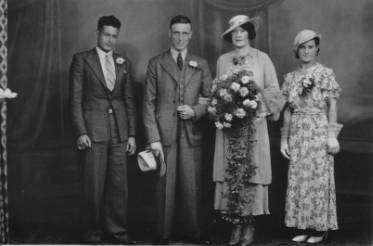With 11% of Filipino citizenry currently abroad, and millions more who immigrated recently or in the past, Filipino diaspora spans centuries of history.
Post relevant things about culture, history, pictures of Filipinos who settled outside of the Philippines etc.
'Manilamen': Earliest Filipino-Americans
Lousiana Manilamen and Cajun wives
"As early as 1763, Filipino seamen who jumped ship in Vera Cruz, Mexico, were able to board ships bound for New Orleans, Louisiana. Once in New Orleans, they jumped ship yet again and fled to the bayous where they established the First permanent Filipino settlements in the United States. They called themselves Filipino Cajuns or “Manilamen.” They build their villages on stilts over the water just like in the Philippines and started on the first shrimping industries on the Gulf Coast. Their villages were in places such as St. Malo, Barataria Bay in Jefferson County, Alombro Canal, Camp Dewey, Bayou Cholas and Bassa Bassa."
Text from here
http://www.orpilla.com/filipino_american_historyPicture from here
http://www.filam.si.edu/curriculum/about-project.htmlLafcadio Hearns report (1883 page 54-62) on the settlement of Saint Malo (Saint Bernard Parish, LA) for Harper's Weekly.
http://books.google.com/books?id=MK2...20malo&f=false
Burtanog family of Louisiana
http://www.filipinohome.com/cart.html
[Solved] Filipino Diaspora History Around the World.
...Probably in the sense that a lot of Cajun/whites or mixed (blacks and Indians) probably have Filipino ancestry and last names.
Saint Malo as a town/historical site was destroyed in a storm a while ago though.
But as late as Manuel Quezon's time (he visited them when he came to the US) up to the Depression era, lots of Filipinos lived in and around Southern Louisiana/New Orleans area.
The 'earliest' Filipinos there were noted to may have been pirates or crew members of pirates (Lafitte's Maroons). And the same pirates/ex-pirates/runaway sailors may have fought with future US president Andrew Jackson (Battle of New Orleans). One of the articles I've read I think they were noted to have help also with scouting the swamps.
Pictures here are from Depression Era (mixed Cajun-Pinoy family)
http://www.louisianafolklife.org/LT/.../mediadoc.html
This one also looks fairly recent (early mid-20th c.) Note the banjo.
Also recent. Manila Village, Barataria Bay, LA
Majority of their settlements were shrimping...funny I've been to NO and SBParish (right outside of NO)...and read articles about nowadays there is still a lot of Asians in the shrimping business. Except they're Cambodians and Vietnamese fishermen/shrimpers.
http://www.csmonitor.com/USA/2010/05...y-BP-oil-spill
As for Filipinos today, like I said on the "Filipino Mariners" thread by Selurong, the person I know had said that their cook is Filipino. They worked in a transport barge between East Coast/NYC and New Orleans/Gulf of Mexico.
Several times over the last few years (including my visit to Alaska) I've come upon several native Alaskans that I've asked me my ethnicity. When I told 'em what it was I've always hear (mostly from Aleuts) "Oh my cousin/relative is married to a Filipino. There are a lot of them there. Some of them are 3rd-4th generation."
That's what got me interested in the subject.
History of Alaskeros
"The largest of these ethnic groups, the Filipinos, have a history in Alaska that dates back to the late 1700s. The early arrivals were knows as "Manilla men," Filipinos who served as crew aboard exploratory and fur trading vessels. In the mid 1800s, Filipinos were crew members on whaling ships. Later, Filipinos were aboard the cableship Burnside helping to lay the underwater communications cables that linked Juneau, Alaska and other Alaskan areas with Seattle, Washington.
While Filipinos worked in the gold mines, mostly as ore sorters in the mines that operated in Juneau, it was the canneries that drew the largest numbers of Filipinos to the territory. During the 1920's and 1930's, Filipino laborers from the West Coast spent their summers working in the canneries. They were known as "schoolboys" as many of them earned the money that enabled them to pursue their educations. Japanese, Mexicans and Chinese, who were often recruited in San Francisco and Seattle, joined the Filipinos in canneries located throughout the state.
The Filipino cannery workers, known as Alaskeros, dominated the work force. During the depression, between 1929-1933, wages for unskilled jobs dropped by 40% and Filipinos started to form unions. In 1938 they were successful in abolishing the repressive contractor system that prevailed in the canneries. At the height of the salmon canning industry, there were about 9,000 Filipino workers in the territory. Today, the Filipino population numbers around 13,000."
http://www.akhistorycourse.org/artic....php?artID=235
Filipinos In Kodiak Island (1/3rd of population)...these documentaries are posted by the Baranov Museum created by Filipino-American students from Alaska/Kodiak.
Filipino pioneers in canneries---specifically Uganik Cannery and discrimination faced by Filipino immigrants
Story of Denis Rodill, pioneer Filipino canner---who at age 14 left the Phils to work in HK, HI, Australia, CA and finally ended up working in Larsen Bay in 1915---many old pictures included and interviews.
Old pictures


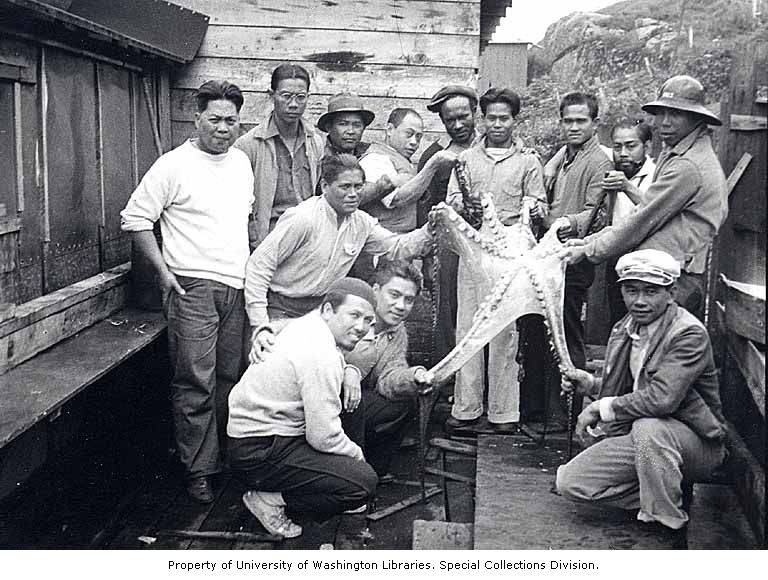

Filipino cannery workers were instrumental in facilitating labor laws in the Western US (noted Filipino-Americans ie Carlos Bulosan and Larry Itliong, worked in AK as canners)
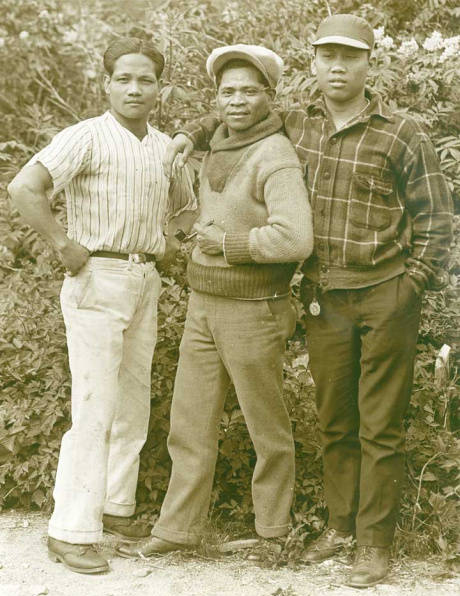
Filipinos in Liverpool UK

History of early Filipinos (mariners/sailors) who settled in England's historical seaport.
Filipinos in Washington State
"Indo-pinos"
Generations later the tribe reorganized (like many tribes are doing) to make it mandate that if you're family is not on it's official roll up to a certain date or if you do not have 'enough' blood quantum to be considered member of a tribe, you are de-listed and taken out as part of the tribe.
These articles are from descendants of Nooksack-Filipino in Washington.
http://kuow.org/post/we-ll-always-be...lipino-members
http://www.king5.com/news/Accusation...199072291.html
http://www.bellinghamherald.com/2013...nrollment.html
Filipinos fight anti-miscegenation (intermarriage) laws in Washington
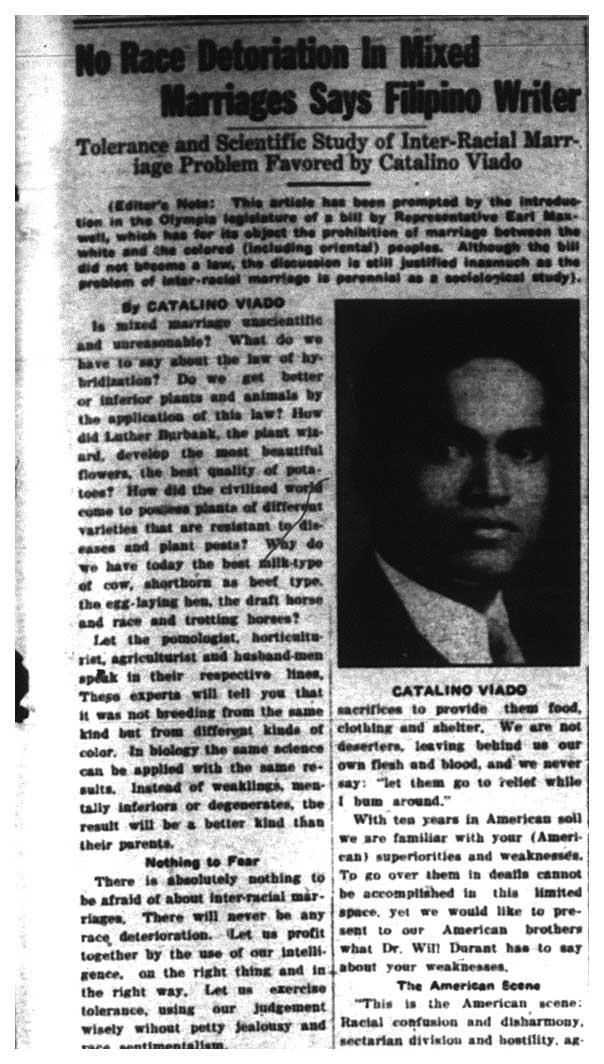
https://depts.washington.edu/depress...genation.shtml
"As labor migration meant an overwhelmingly male immigrant population, Filipino men had little chance of finding Filipina partners. According to the 1930s census, 1,529 Filipinos and only 29 Filipinas over the age of fifteen lived in Seattle.[12] Naturally, then, it was increasingly common for Filipino men to mingle with white women. As Tapia argues, the Depression of the 1930s offered a context in which the stereotype of the Filipino “as a subhuman stoop laborer” was transformed into an acutely perceived “threat to the purity of the United States.”[13] Certain whites used popular racial stereotypes of the hypersexual Filipino male in support of anti-miscegenation policies. As Tapia describes, in popular and political discourse, Filipino men "began to fully assume the form of an American nativist-sculpted sexual beast, equipped with a penis impressive enough to penetrate all of white America, leaving a permanent stain of racial and social inferiority on its people (read: men).
In Seattle, this anti-Filipino sentiment culminated in House Bill No. 301. On February 6, 1935, King County Representative Dorian Todd proposed a bill “prohibiting marriages” between “white persons” and “Negroes, Orientals, Malays, and persons of Eastern European extraction...
In March of 1937, the Philippine Advocate published an article by Catelino Viado, a Filipino author, claiming that there was “no race deterioration in mixed marriages.”[36] Here, the argument was based not only on American ideals but on the fallacy of racist pseudoscience in claiming that intermarriage would produce “race deterioration.”[37] In making his point, Viado used the example of plant and animal hybridization to produce superior natural products, arguing that the notion of “race deterioration” from mixed marriages was a product of “petty jealousy and race sentimentalism” and could potentially improve the human race.[38] Viado went on to defend Filipinos against the notion that children of “white-brown” marriages would be socially and economically insecure, arguing that Filipinos “love to the core,” making “all sacrifices to provide [their children with] food, clothing and shelter.”[39] Viado ended his article with the familiar argument that anti-intermarriage legislation did not represent American political values, proclaiming it “an act of paganism not in line with the policy of international peace, good-will, and neighborliness.”[40] Describing the “American scene” as one of “racial confusion and disharmony, sectarian division and hostility,” he asked readers if “this is the America that Franklin and Jefferson dreamed of when they achieved, through their wisdom and heroism, its political and mental freedom."
Pictures
Seattle 1917
Newspaper articles of attacks on Filipino workers during Great Depression (when there were no jobs to be had)
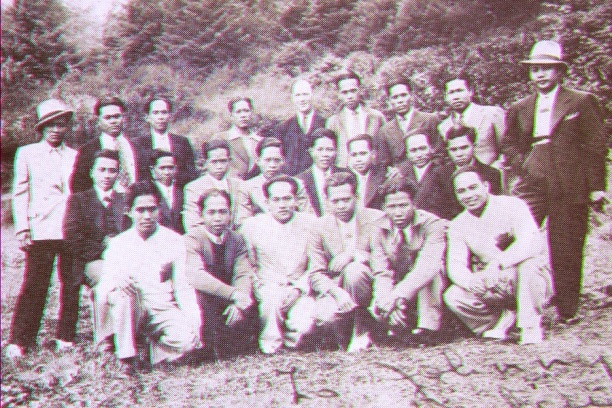
Filipino U of Washington students ("pensionados") who were part time canners (1930's)
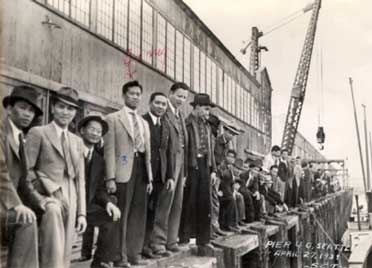
Filipino migrant workers boarding ship from Seattle (to jobs from Alaska all the way to California)

Filipino Youth Drill Team in Seattle
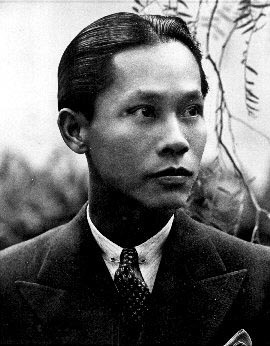
Carlos Bulosan Seattle based Filipino labor organizer and author
-
Filipino inventions & influence around the world.
6 months ago
-
Filipino Traditional Games vs. Modernity
1 year ago
-
Traditional Filipino Instruments/Music
1 year ago
-
Filipino Food
1 year ago
-
Ancient Filipino Astronomy
1 year ago

